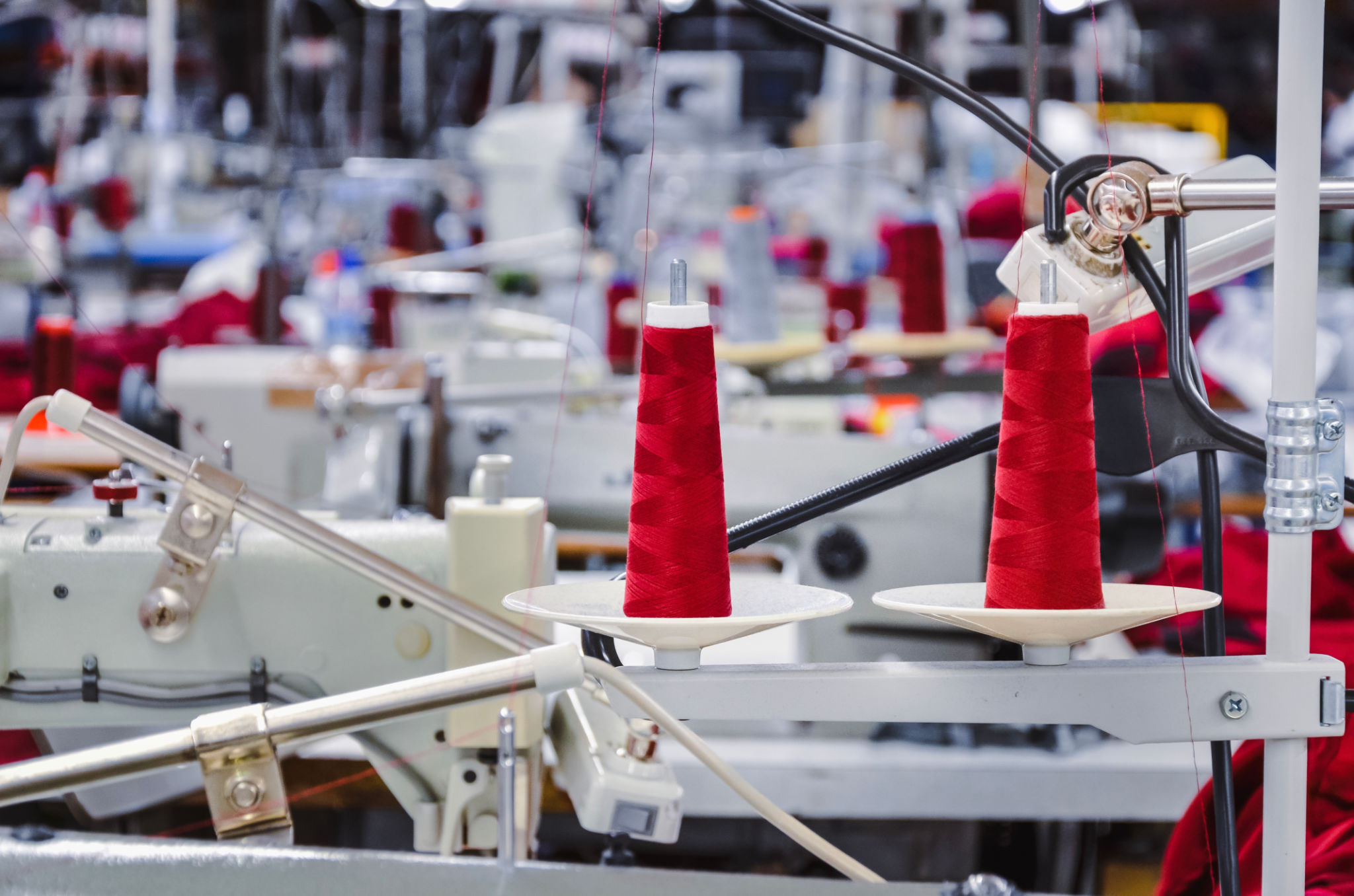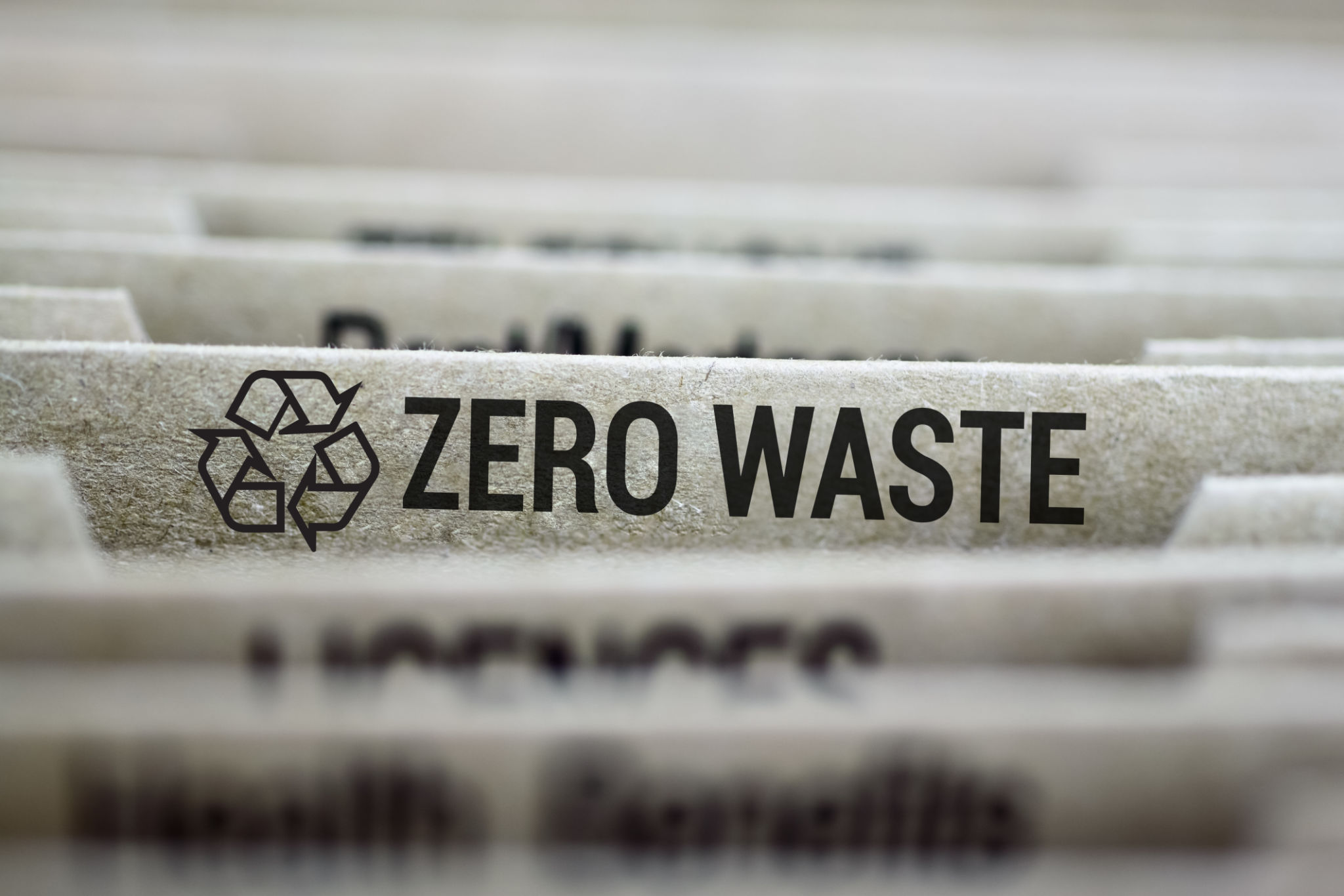Sustainable Fashion Tech: How Digital Solutions Are Reducing Environmental Impact
The Rise of Sustainable Fashion Tech
In recent years, the fashion industry has embraced sustainability as a core value, driven by rising consumer awareness and the urgent need to address environmental challenges. Technological advancements have become central to this transformation, offering innovative solutions that help reduce the industry's ecological footprint. From production processes to supply chain management, digital solutions are paving the way for a more sustainable future in fashion.
Revolutionizing Production Processes
One of the most significant ways technology is transforming the fashion industry is through the revolutionization of production processes. Traditional methods often result in excessive waste and pollution, but modern digital tools are minimizing these impacts. For instance, 3D printing allows designers to create prototypes without the need for physical materials, reducing fabric waste considerably.

Additionally, digital pattern-making software enables precise material usage, ensuring that every inch of fabric is utilized effectively. This not only cuts down on waste but also optimizes production time and costs. These technologies collectively contribute to a more efficient and sustainable manufacturing process.
Enhancing Supply Chain Transparency
The fashion supply chain is notoriously complex, often involving multiple stakeholders across various regions. This complexity can lead to inefficiencies and make it difficult to ensure environmentally friendly practices throughout the process. However, digital solutions such as blockchain technology are enhancing transparency and traceability.
By using blockchain, brands can track the journey of raw materials from origin to finished product, ensuring ethical sourcing and reducing the risk of unsustainable practices. This level of transparency builds consumer trust and encourages brands to adopt environmentally responsible measures.

AI-Driven Sustainability
Artificial intelligence (AI) is another powerful tool driving sustainable practices in fashion. AI-driven analytics can predict consumer demand more accurately, enabling brands to produce only what is needed and thus minimize overproduction and excess inventory. This data-driven approach reduces waste and aligns production with actual market needs.
Moreover, AI technologies are being used to design eco-friendly materials by identifying sustainable alternatives to traditional textiles. These innovations are helping designers create products that are not only stylish but also less harmful to the environment.

Empowering Conscious Consumers
Technology is not only transforming how fashion is produced but also how it is consumed. Digital platforms provide consumers with detailed information about product origins, materials used, and the environmental impact of their purchases. This empowers shoppers to make informed decisions and choose brands that align with their values.
Moreover, online resale platforms and rental services are extending the lifecycle of fashion items, promoting a circular economy. These platforms use technology to connect consumers with pre-owned or rentable fashion, reducing the demand for new production and encouraging sustainable consumption habits.
The Future of Fashion Sustainability
As digital solutions continue to evolve, the potential for further reducing the environmental impact of fashion becomes increasingly promising. Emerging technologies such as virtual reality (VR) and augmented reality (AR) offer new possibilities for virtual fashion shows and try-ons, significantly cutting down on travel-related emissions.
Collaboration between technology developers and fashion brands will be crucial in accelerating sustainable innovation. By embracing these digital solutions, the fashion industry can lead by example in creating a more sustainable future for all.

